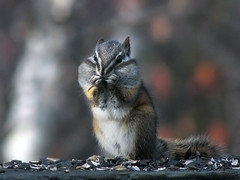I was perusing the Massachusetts Curriculum Frameworks for science (yeah, I am like that!) and I was surprised at how little they asked of kids to know and understand about simple machines. Most of what preschool to grade 2 students are asked to recognize what tools and technology look like.
Me, I expect way more from my kids and the kids I teach. I fully expect that they understand simple machines and can demonstrate how they work. We explored this at the library and used three simple machines. Check out what we did last year
here.
Simple Machines help us move things more easily. There are six classic simple machines:
1. Lever
2. Inclined Plane
3. Wedge
4. Wheel and Axle
5. Screw
6. Pulley
These machines are called simple because they only have one or fewer moving parts. We explored the wheel and axle and how it moves farther and straighter than other shapes.
We looked at the inclined plane and found that it really helps move things up and down more easily.
Finally we played with levers. I think that was the most fun ever. How you position your fulcrum really made a difference in how far you can move objects.
This is a good time of year to begin exploring simple machines at home. How many can you find? Check out some other ways to play with these machines.
Playground Physics: The playground is a great place to explore simple machines. You can figure out which slide is faster, or easier to walk up by testing them. You can also measure how long they are and how high they are. These dimensions will allow you to compare slides.
A see saw is a classic example of a lever. If you can find one that has free movement, you can play with the ideas of balance, weight and placement. Where you place the heaviest weight can make it easier, or harder, to get the lever to balance the weight.
Sand scoops are great examples of levers. You can try and pick up toys with them too. Can you pick up more with a scoop than you can lift yourself?
Screws: To play with these machines the best thing to try is the real thing: a screw. Screws can hold together two objects forever. Some unexpected screws in the house are desk chairs and jars.
 Birds, Nests, and Eggs by Mel Boring is a good introductory field guide for young children. I have reviewed another book, Feathers For Lunch by Lois Elhert, that I love.
Birds, Nests, and Eggs by Mel Boring is a good introductory field guide for young children. I have reviewed another book, Feathers For Lunch by Lois Elhert, that I love. 







